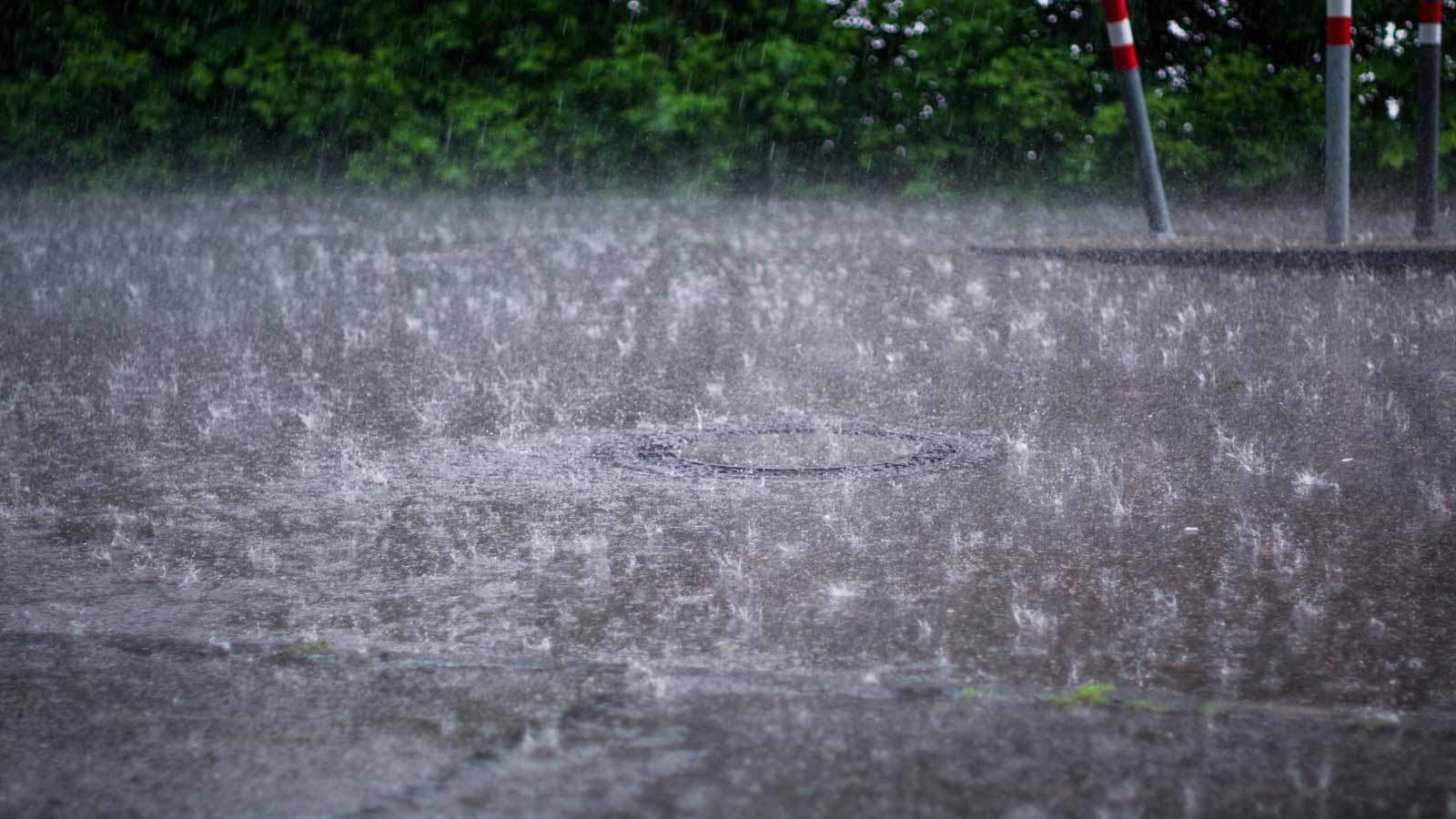-
Url copied to clipboard.
With La Niña well and truly set in for the 2020-2021 summer, the threat landscape is looking challenging once again when considering our natural disaster risk.
The facts on La Niña so far
December to February rainfall is likely to be above average across most of Australia, except west coast Tasmania. The average daytime temperatures during December to February are likely to be above the long-term average across parts of southeast and far west Australia, as well as along the northern coastline.
Furthermore, the average night-time temperatures during December to February are very likely to be above the long-term average across almost all of Australia.
La Niña is underway in the tropical Pacific which typically increases the likelihood of above average rainfall across eastern Australia during summer.
In this blog, we’ll break down a few immediate considerations and statistics you need to know to understand whether La Niña is a risk to your business and people.
Increased flood potential
Where 2019 presented a fire disruption like never before, La Niña will provide the heightened risk of flooding. Many organisations will need to reassess their location and combined risks, but it’s important to consider that flooding alone may not be the biggest threat with this natural disaster.
Your staff working from home brings with it many complications. If you’re implementing a work-from-home (WFH) strategy, consider that some of your people may already be living in flood zones. If you’ve implemented WFH off the back of government requirements, you’re unlikely to have a secondary place of work. This could mean key staff are now unavailable.
If your staff are able to come into the office, flooding can delay or permanently impact travel routes or business trips. What does this look like for you?
Supply chain and third party suppliers that rely on travel could once again be hindered by weather related events. We’re quite aware of this from previous seasons, but it seldom occurs during an existing crisis of this scale. Could your suppliers handle two disruptions of this size? Have they proven to you they have validated their response here?
Increased potential for utility and communications outages
Workplaces, worksites, working from home, clients in the community (supported persons or independent living) can all be disrupted by events like flooding. Procedures need to be established to ensure there are backup plans for communication outages.
For example, the extreme heat, flooding and fire risk Australia is continuously presented with often takes out key requirements like your internet and phone line.
The Australian Energy Market Operator has warned of a heightened risk of power outages as an offset of COVID-19, specifically in Victoria during high demand summer days. Organisations need to consider how power outages could impact them when looking at COVID work arounds.
Can your key people still communicate if that happens – especially from a work from home set up.
Each region is different, verify yours
It’s important to understand the risks specific to your region and your supply chain, then verify your response strategies unique to it.
Consider:
- Potential weather-related risks for your locations.
- Review and confirm the relocation / redundancy strategies in your business continuity plan (BCP). Consider if there is potential for your primary and redundancy locations to be affected by the same event as we mentioned above?
- Review and confirm the recovery strategy for loss of ICT in your BCP. Consider: how will your team communicate in the event of a loss of key systems?
- Review and confirm strategies for unavailability of staff (e.g. who cannot travel due to flooding)
How to prepare right now
In order to be ready for whatever is thrown at us over summer this year, you need to discuss some key points with your team.
- What arrangements will you need to put in place to be ready for potential weather hazards?
Look at your work from home strategy and consider what outages you can and cannot afford. What key people need to be reachable at all times? How does the pandemic affect how you can react to a significant natural disaster. Remember, things are different now, so your plans are also likely out of date.
- Confirm the process to be followed in the event of a denial of access or building outage (actual or potential) including notification and relocation.
Often, denial of access is sudden and requires immediate action at very short notice. COVID-19 has allowed us to practice and engage different working structures and collaboration to what we’re used to. What worked well in this experience and what can be reiterated during La Niña?
- Confirm the process to be followed in the event of a loss of IT or communications system (including for dispersed workforce).
Does all your team have the ability for IT to access their laptops or workstations? How clear is this to the wider team? Make sure this is communicated with your suppliers too.
In summary
However this weather event affects you, it’s important you give it as much respect and attention as COVID-19 is getting. Afterall, there is no doubt that both events will coincide with each other soon enough.




